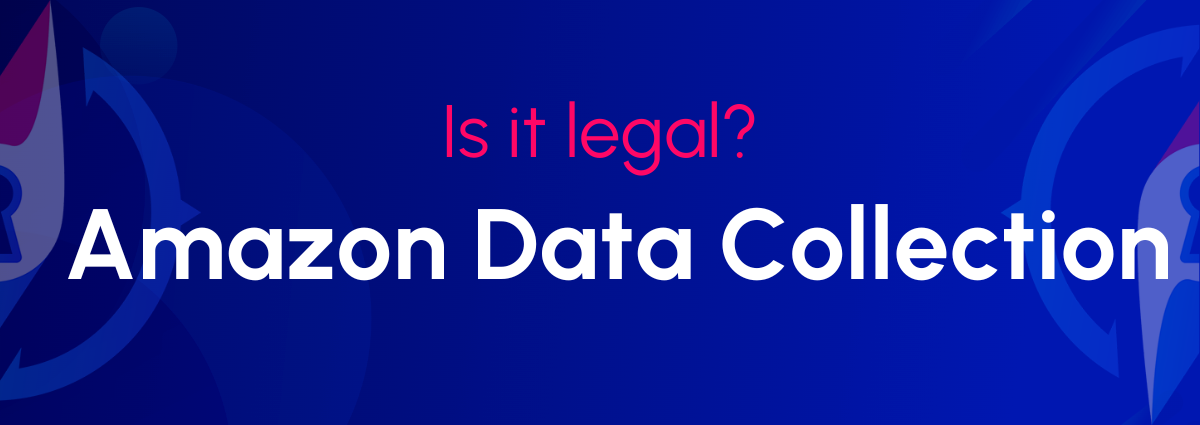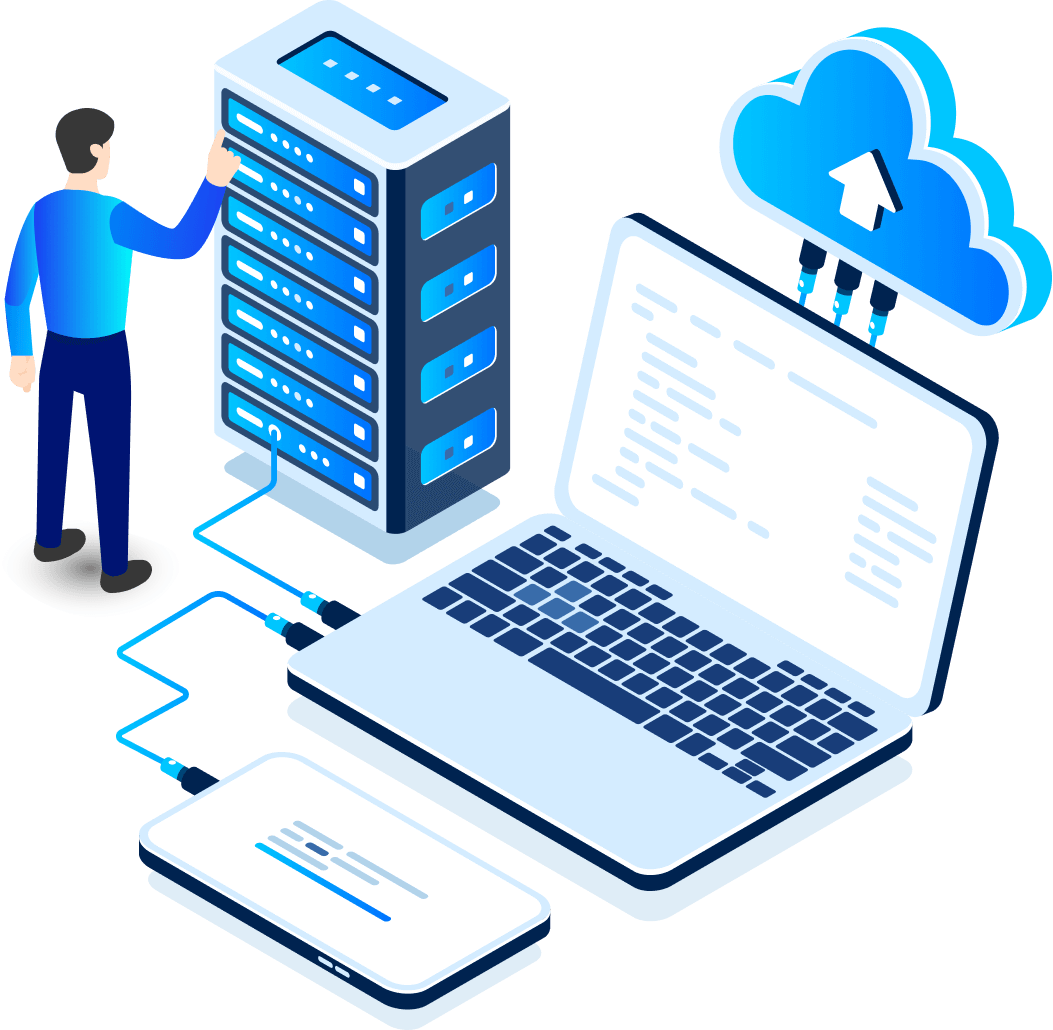
Does Amazon allow web scraping? This is a common question businesses and individuals face when planning to extract data from this online shopping site.
In this article, we'll explore to what extent it is legal to access Amazon data and how to overcome the site's anti-scraping measures.
What's Amazon's Official Stance on web scraping?
Amazon generally does not allow web scraping without explicit permission. Yet, the legality of scraping Amazon data is a complex issue.
Its Terms of Service explicitly prohibit automated access to their website for data collection purposes without advance written permission. This means that most forms of web scraping are against Amazon's policies.
But is it illegal to scrape Amazon?
Is it legal to scrape Amazon? Well, violating its Terms of Service is not necessarily illegal. But, there are some factors that may determine the legality of your scraping process.
Extracting Amazon's public data is typically considered legal. But, scraping behind login walls and accessing private account data or user information is not.
Also, using scraped data for limited purposes may fall under fair use principles. For example, market research or competitor analysis.
And, when it comes to scraping content generated by users like product reviews, it can infringe copyright.
How effective are Amazon's anti-scraping measures
Amazon's anti-scraping measures are highly effective. Their goal is to protect its data and prevent unauthorized automated access:
- IP blocking: Amazon can detect and block IP addresses that look suspicious. For instance, those that make too many requests in a short time.
- CAPTCHA challenges: It may present CAPTCHAs to verify human users when it detects potential bot activity.
- Dynamic content loading: Uses techniques like lazy loading and JavaScript rendering to make it harder for basic scrapers to access all content.
- Frequent website structure changes: Amazon regularly updates its website structure. This can break scraping scripts that rely on specific HTML elements or page layouts.
- Browser fingerprinting: Amazon may use advanced techniques to identify automated browsing behavior.
- Rate limiting: Restricts excessive requests from a single source. To avoid excessive traffic from an individual IP address.
- User agent detection: Amazon can identify and block requests from common scraping tools based on their user agent strings.
How can I overcome these challenges?
While scraping Amazon without permission is not allowed, many businesses and researchers do it. They use various techniques to avoid detection. Thus, they overcome the challenges to extract product details, prices, descriptions, and other data.
Bypassing IP blocking
Distribute requests and avoid blocks by rotating through a pool of IP addresses. To do this, you can use proxy networks that change your IP address constantly.
Or, you can use residential proxies. These tend to be harder for Amazon to detect and block. Also, they are less likely to be blacklisted.
Handling CAPTCHA challenges
To bypass CAPTCHAs you can use third-party services or machine learning models. These services combine image recognition technologies and human solvers to bypass CAPTCHA challenges.
You can also use headless browsers. Tools like Selenium or Playwright can help navigate CAPTCHA challenges. This is because they can simulate real user behavior.
Mimicking human behavior
How can you scrape Amazon avoiding detection? You need to make your automated actions look like a real person is doing them.
- Regularly change your user agent string to appear as different browsers or devices.
- Add random delays between requests to simulate human browsing patterns.
- Emulate the characteristics of a real browser to avoid detection.
Handling dynamic content
Headless browsers can also execute JavaScript and render dynamic content. This ensures you capture all data, like product images, prices, stock availability, etc.
Moreover, you have to use wait times. These are crucial for ensuring that the page is fully loaded. Thus, you have to start scraping once all the necessary elements are available.
Avoiding rate limiting
To avoid being blocked by rate limit, you have to control request frequency. Use rate limiting in your scraper to avoid overwhelming Amazon's servers.
Besides, you can use concurrent requests and parallelism. With these techniques, you send many requests at the same time, rather than sequentially one after the other.
But, why is this beneficial?
Because you can distribute your scraping tasks efficiently. This allows you to speed up your process and collect large amounts of data.
Dealing with website structure changes
Stay on top of any changes to Amazon's website layout to regularly update your scraping logic. Check for updates to HTML, JavaScript, and CSS and handle them effectively.
A simple change can break your scraper and make it unable to find data.
So, you need to develop systems to detect and adapt to changes in Amazon's HTML structure.
Here's how our proxies can help you scrape Amazon
Handling your scraping process carefully allows you to extract data from Amazon for your competitive analysis. Still, you need to overcome the challenges to avoid detection and ensure successful data extraction.
Now let's talk about how our proxy solutions can help you tap into Amazon's data. Imagine being able to access product details, pricing insights, and market trends without worrying about getting blocked or banned. That's what our proxies bring to the table.
There's more. With our proxies, you can get a global view of Amazon's marketplace. And, we've designed our infrastructure to handle large-scale scraping efficiently.
If you're interested in exploring how our proxies can enhance your Amazon scraping efforts, feel free to reach out. We're here to help you unlock the potential of Amazon data.





